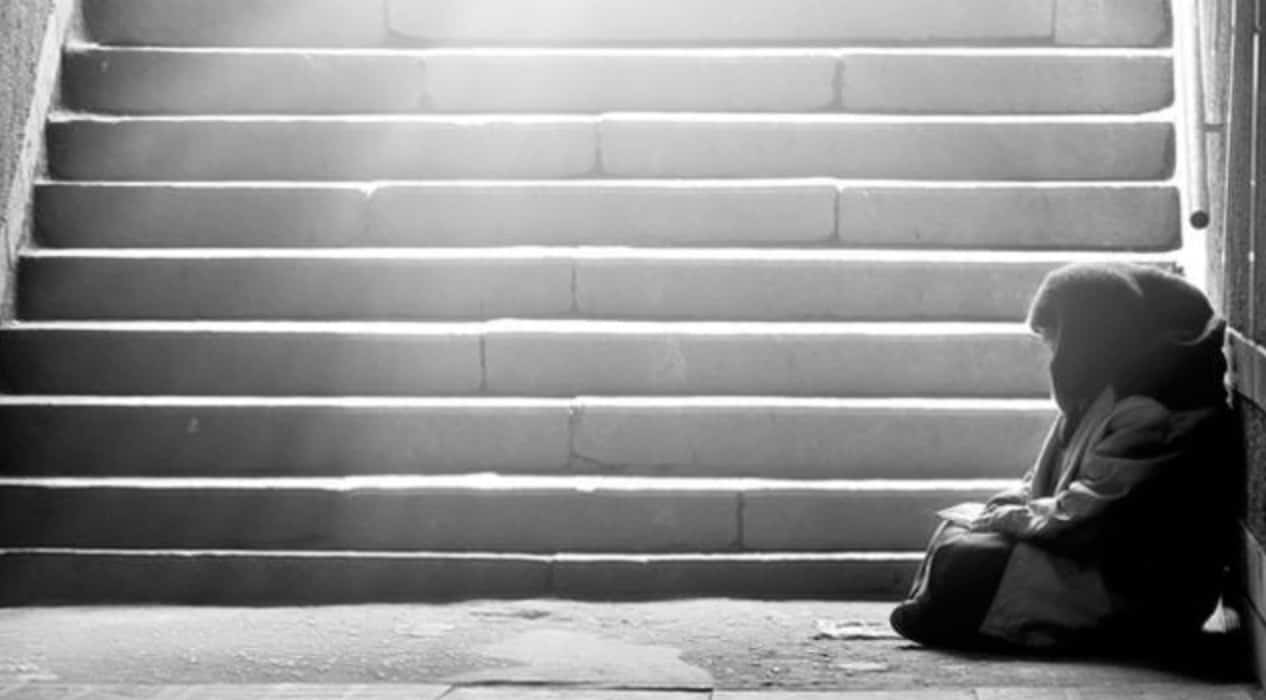Peel flattening curve of COVID-19 spread in homeless shelters
Published May 8, 2020 at 4:40 pm

With the protection protocols in shelters, transitional housing and street outreach, as well as temporary emergency housing for homeless individuals to self
With the protection protocols in shelters, transitional housing and street outreach, as well as temporary emergency housing for homeless individuals to self-isolate and recover, the Region of Peel is helping to flatten the curve of COVID-19 spread among the community’s most vulnerable population.
As a precaution, the region of Peel is utilizing hotels and other temporary sites to reduce shelter occupancy to ensure physical distancing.
Currently, just over half of shelter residents are in hotels.
A total of 405 people are in hotels (51 per cent), 366 people in shelters (47 per cent), 17 people (2 per cent) in homeless isolation or recovery programs.
In March 2020, a group of medical, health and social service experts put isolation and recovery sites in place to help fight the spread of COVID-19.
“By acting quickly through upstream public health interventions, we were able to support people experiencing homelessness in the Region of Peel, and very possibly saved lives in the process,” said Dr. Naheed Dosani, Medical Director, COVID-19 Homeless Response, Region of Peel.
“The first measures were based on prevention, where currently 51% of homeless residents were offered and now reside in hotels. This promoted physical distancing within the Region’s shelters. The second was a rapid, mobile and scaled-up response with testing at sites.
Clinton Baretto, Nurse Practitioner, Peel COVID-19 Homeless Isolation and Recovery Program, said, “For those suspected or confirmed to have the virus, holistic wraparound health and social care, including mental health and primary care, was provided with the ultimate vision to support clients with pathways to housing with stable health. The downstream result: only a handful of cases have been diagnosed and more people are connected to health and social supports than ever before.”
The isolation program has the capacity to shelter up to 100 households who are homeless, those who can’t self-isolate, and those who have risk factors for exposure or have been tested for COVID-19.
The recovery program supports individuals who are homeless and who have tested positive for COVID-19.
It provides medical and social supports and has the capacity to support 40 individuals.
Currently, 17 shelter residents (2 per cent) are in the homeless isolation or recovery programs, with 4 individuals who have tested positive in the recovery program.
“We’re ensuring that residents in our isolation and recovery program receive primary health care, provided by our Medical Director and Nurse Practitioner, receive aftercare from our Nurse Practitioner upon recovery, and we are connecting them with primary care providers for the long term,” said Aileen Baird, Director, Housing Services.
“That’s a key focus on stabilizing people in our shelter system. We continue to work in partnership with our residents to assist them in finding permanent housing and then provide them with supports to assist them to keep their housing.”
The partnership is responsible for designing and implementing the homeless shelter system isolation and recovery programs including a health team of a Medical Director, Nurse Practitioner and Peel Public Health, Canadian Mental Health Association Peel-Dufferin (CMHA), Central-West Local Health Integration Network, Mississauga Halton Local Health Integration Network, Regeneration Outreach Community (nursing supports), Services and Housing in the Province (SHIP), The Salvation Army, Region of Peel Health Services, Peel Regional Paramedics, TransHelp and Region of Peel Housing Services, facility management and Peel Housing Corporation supports.
“Delivering municipal human services during the COVID-19 response has called for collaboration on a whole new level,” said Janice Sheehy, Commissioner, Human Services, Region of Peel.
“Supporting people experiencing homelessness in a pandemic meant leading a broad community effort involving non-profits, service organizations, paramedics, our local municipalities and health care providers. I want to thank everyone in Peel who worked with the Region to compassionately support vulnerable people across Brampton, Caledon and Mississauga.”
For help finding a shelter or if you have urgent housing needs, visit us at peelregion.ca/housing.
INsauga's Editorial Standards and Policies